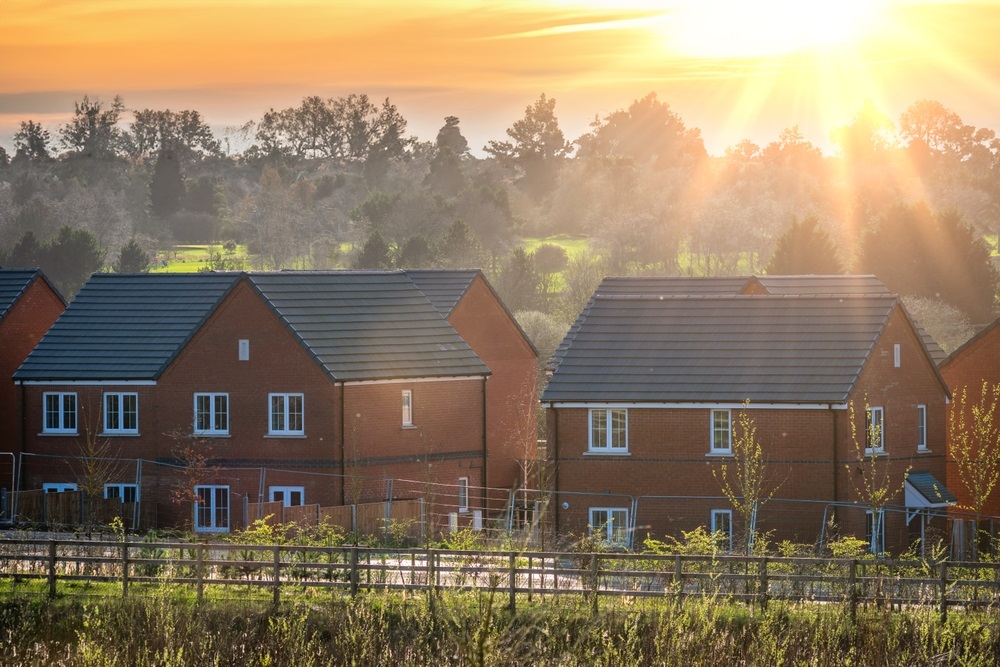Whether you are taking on a big structural renovation or simply changing the flooring in your home – if you are a leaseholder, there may be restrictions on what you can do. Amber Larner-Bird, solicitor at law firm Osbornes Law, explains more…
 Buying a leasehold property in the UK is a common occurrence with recent figures showing that there are an estimated 4.5 million leasehold homes in the country.
Buying a leasehold property in the UK is a common occurrence with recent figures showing that there are an estimated 4.5 million leasehold homes in the country.
Despite this, many leaseholders don’t realise that they are restricted in what they can do to their property, depending on the terms of their lease, and need the permission of their freeholder and a document called a licence to alter to carry out some works.
I am seeing more and more leaseholders fall foul of this and having to get costly retrospective consent from their freeholder.
What work can I do on my leasehold property without consent?
It really depends on the terms of your lease. If you are buying a leasehold you should always read the lease to see what you are allowed to do, otherwise you could be caught out in the future.
In most leases you need permission for structural alterations, whereas if the works are non-structural you may not need any permission at all.
A structural change could be anything from removing a wall, to putting in patio doors or new windows, and will normally require consent from your freeholder.
Some leases even have an absolute prohibition on alterations which means you have no right in your lease to carry our structural alterations and making any changes could involve a premium.
An unfortunate reality of owning a leasehold property is that you don’t own the physical bricks and mortar, the land it is built on or the space above the property.
One thing I am seeing a lot is people buying a flat thinking they own the loft space and extending into that. Unfortunately, this space is generally owned by the freeholder.
When an extension like this occurs without consent and ownership of the loft space, the leaseholder has to purchase the loft space retrospectively.
I have had cases where this has cost the leaseholder tens of thousands of pounds. The same goes for extending a ground floor property as you need to ensure you own enough of the garden.
Another area I see issues is when people put down laminate or wood flooring unaware that their lease states that their property needs to be fully carpeted.
This is common because of the need for sound proofing in flats. A lot of leaseholders refuse to allow consent for wooden floors to be put down for this reason.
Changing a window into a patio door or changing the windows generally is another area I see people run into problems. I even had one where the client needed permission to change the kitchen, so you should always read your lease before buying a property.
Getting consent
To get the consent of your freeholder this usually needs to be written in a formal licence to alter. Often some leaseholders will just try to get consent over email or similar but this unlikely to be enough.
Also, a formal licence protects a leaseholders just as much as it offers protection for a freeholder. For example, a licence to alter could include a schedule of condition which provides an assessment of the condition of the whole building and this means that you can’t be blamed for cracks that are already in other flats following your work being carried out.
A lot of the time a freeholder won’t be aware that the work has been done as they don’t live on the site.
For this reason, it may be tempting to carry out work and not tell your freeholder, but when you come to sell it is very likely that the alteration will be noticed and you will be unable to sell your property as you will be in breach of the terms of the lease.
In most cases it is possible to get consent retrospectively, but sometimes it won’t be possible and this isn’t really what you want to be doing as it can cause delays and cause sales to fall through.
Again, it is always dependent on the terms of the lease but often when you apply for a licence to alter the freeholder cannot reasonably withhold their consent. This means that the freeholder has to have a good reason for denying you permission, such as not having the correct planning permission in place or drastically altering how a property looks.
If you don’t get consent then, and if there is a strict prohibition on altering a property, the worst-case scenario is that the freeholder could order that the property is put back to how it was. Most of the time, however, money talks and payment of a fee to the freeholder usually settles the matter.
How to get a licence to alter
If you need planning permission for your alteration we normally advise it is best to secure this first you along with structural calculations, plans, schedules of works, etc but the terms of the lease may mean you need to approach the freeholder prior to making any planning application.
Once you approach the freeholder for their consent the freeholder will normally have legal fees for the license to alter and you will also have to pay the legal fees your freeholder incurs.
 Finally, sometimes you need to get the consent of your lender.
Finally, sometimes you need to get the consent of your lender.
While applying for a licence to alter is an irritation for many leaseholders it is a necessary evil. Getting one in place before you carry out even the simplest of works will save you a lot of time and money down the line.
Amber Larner-Bird is a solicitor at law firm Osbornes Law














